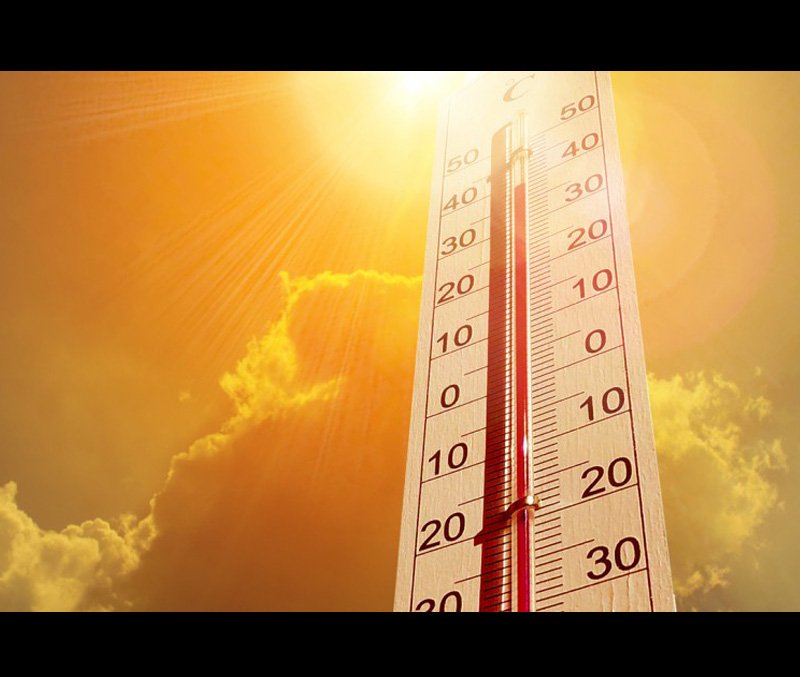
While the temperature cools down all over Pakistan, Karachi is set to enter another heatwave that is expected to last 6-8 day. The Pakistan Meteorological Department on Sunday issued a heatwave alert in Karachi for the next six to eight days during which temperature is expected to soar as high as 42 degrees centigrade.
The Met Office has urged citizens to take necessary precautions and stay indoors between 11am and 4pm — the “peak heat hours”. We’ve listed below a list of precautions you can take during this heatwave to avoid a heatstroke:
- Wear light coloured, loose fitting clothing
- Protect yourself from sunburn by wearing SPF 50 or above. Sunburn effects the body’s ability to keep itself cool.
- Stay hydrated. If you think you can’t drink anymore water, drink more to help keep the body cool.
- Try to stay indoors during the hottest time of the day and schedule physical activity like exercise during cooler parts of the day.
- If you travel on a two wheeler, leave the house with a towel soaked in cold water to cover your neck and head.
- Do not leave infants or elderly in cars. Cars act as a hot box and trap heat within themselves which could endanger weaker individuals.
- Double check what medications hinder in the body’s ability to keep itself cool. Find substitutes or avoid the medication if you can.
- Take regular showers, preferably more than once a day
- Limit your physical exhaustion by limiting physical activity
- Avoid using any heat radiating devices such as hair straighteners and hair dryers
Precaution is key but in case you or someone around you suffers from a heat stroke, there are a number of things you can do at home while you wait for the ambulance:
- Wet their skin with water or wrap it in wet cloth after removing as much clothing from their body as possible or give them an ice bath
- Fan continuously
- Do not give the person fluids to drink
- Position an unconscious person on their side and clear their airway
- Apply ice packs to the patient’s armpits, groin, neck, and back (These areas are rich with blood vessels and close to the skin so cooling them may reduce body temperature)
- Monitor their body temperature and continue cooling efforts until the body temperature drops below 38C.

